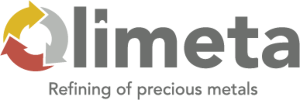Economic aspects of metal recovery from printed circuit boards
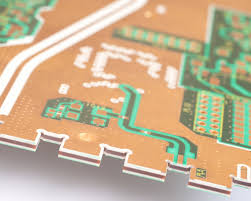 Due to the short life cycle of electronic devices and the growing needs of society, the flows of electronic waste are increasing rapidly. These wastes are multi-component, making them difficult to handle or recycle. Thus, it is necessary to consider measures to increase the longevity, functionality and efficient use of electronic devices. This aspect should be subject to the most efficient waste collection systems, the dissemination of information to the public on the potential negative effects of electronic waste and the importance of waste collection and proper treatment.
Due to the short life cycle of electronic devices and the growing needs of society, the flows of electronic waste are increasing rapidly. These wastes are multi-component, making them difficult to handle or recycle. Thus, it is necessary to consider measures to increase the longevity, functionality and efficient use of electronic devices. This aspect should be subject to the most efficient waste collection systems, the dissemination of information to the public on the potential negative effects of electronic waste and the importance of waste collection and proper treatment.
Printed circuit boards are a very important component of electrical and electronic equipment, the production and sales of which are increasing every year due to the growing demand for this equipment.
The use of metals in industry is growing rapidly and, in the long run, we may be short of them as they are a non-renewable and finite resource. For example, platinum (Pt), lead (Pb) and rhodium (Rh) extracted from ores account for more than 50% of the production of automotive catalysts alone. About 3% of gold and silver, 13% of palladium and 15% of cobalt are used in t
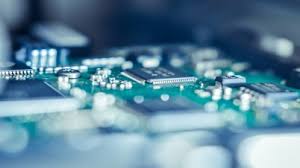
he production of mobile phones and personal computers. This leads to the need for the recovery and reuse of these metals.
Thus, the recovery of metals, and especially precious metals, is a driving factor in the recycling process of printed circuit boards. It is estimated that between 300 g and 500 g of gold and other precious metals can be recovered from 1000 kg of this waste. Interestingly, only about 5 g of gold can be extracted from 1000 kg of ore. For this reason, the recovery of these metals from the processing of printed circuit boards is an attractive process from both an economic and an environmental point of view.
Although the amount of precious metals in printed circuit boards changes over time, efforts are being made to replace them with other, synthetic materials, but it is not yet possible to completely phase out these metals. Also, significant quantities of printed circuit boards with relatively high relative precious metals content are buried in landfills.
It is not just the aspect of metal recovery from printed circuit boards that is important. Research shows that recovering metals or other materials from printed circuit boards can save energy compared to extracting metals from ores or producing materials from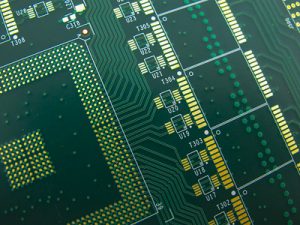 natural raw materials.
natural raw materials.
